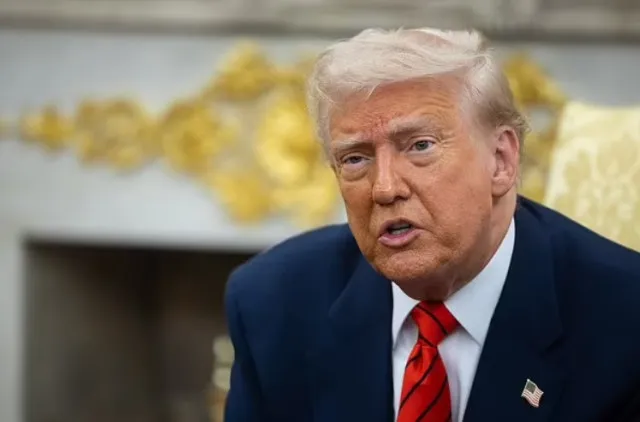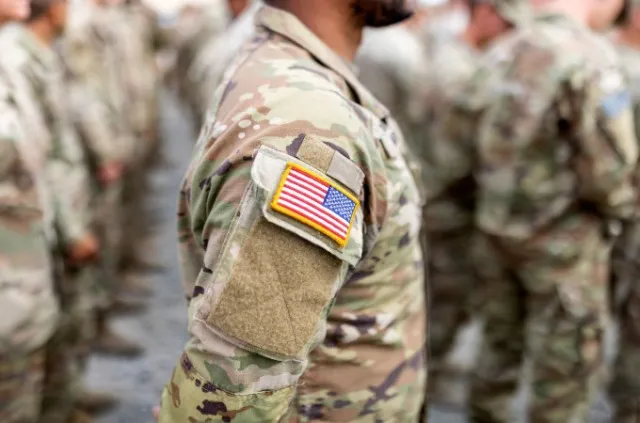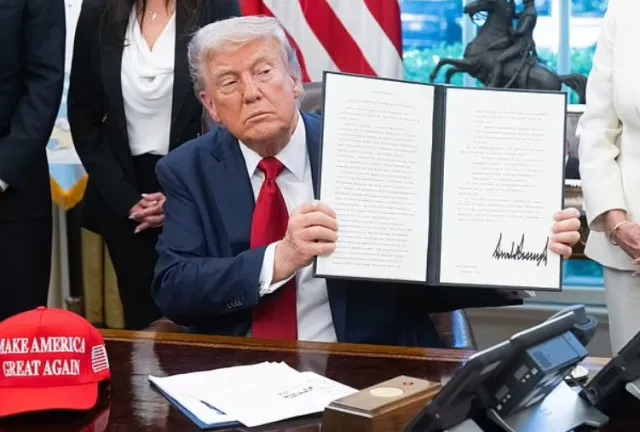The U.S. Supreme Court has issued a ruling on former President Trump’s full ban on transgender individuals serving in the military.
The Supreme Court has decided to allow President Donald Trump’s ban on transgender individuals serving in the military to remain in place.
This ruling is a significant victory for Trump and his Defense Secretary, Pete Hegseth.
The court’s decision lifts a previous ruling that had paused the enforcement of the ban.
Supreme Court rules on Trump’s total ban preventing transgender people from military
The Supreme Court’s ruling permits the Department of Defense to continue removing transgender service members from the military.

This policy also denies enlistment to new transgender recruits while ongoing lawsuits are addressed in lower courts.
The administration has described the ban as necessary for military readiness.
On January 20, Trump signed an executive order that instructed Hegseth to enforce the ban on individuals diagnosed with gender dysphoria.
This order sparked controversy and legal challenges.
Legal challenges against the ban
District Judge Benjamin Settle, based in Washington state, ruled that Trump’s ban violated the Constitution’s equal protection clause.
This ruling temporarily blocked the government from enforcing the policy.
The Trump administration then appealed to the U.S. Court of Appeals for the 9th Circuit, but that appeal was rejected.

They subsequently took their case to the Supreme Court.
Trump’s legal team argued that the lower court’s decision contradicted military needs and the interests of the nation.
Liberal justices opposed Trump’s ban, but the unresolved ruling allows it to remain in effect.
The Trump administration’s response to the ruling
Following the ruling, White House press secretary Karoline Leavitt expressed enthusiasm.
She hailed the decision as a “massive victory” for Trump and Hegseth.
‘Another MASSIVE victory in the Supreme Court!’ she wrote.
‘President Trump and Secretary Pete Hegseth are restoring a military that is focused on readiness and lethality – not DEI or woke gender ideology.’
The Department of Defense’s ban, enacted on February 26, highlighted that medical and mental health issues associated with gender dysphoria are incompatible with military service.

This reasoning has been a cornerstone of the administration’s policy.
The legal challenge against the ban was led by Commander Emily Schilling, along with six other transgender service members and one person seeking to join the military.
‘I swore an oath to support and defend the Constitution,’ Schilling said.
‘That oath requires obedience to lawful orders. But when an order undermines the very principles I swore to uphold, I have the responsibility to challenge it.’
Biden’s executive order and policy changes
After Joe Biden took office in 2021, he signed an executive order that reversed Trump’s ban on transgender military service.
This order aimed to restore rights for transgender individuals in the armed forces.

However, Trump and Hegseth backed reinstating the ban, arguing transgender care undermines military effectiveness.
In February, Hegseth issued a memo that paused any gender-transitioning medical procedures for active-duty service members.
The pause blocks new recruits with gender dysphoria and halts planned gender transition procedures.